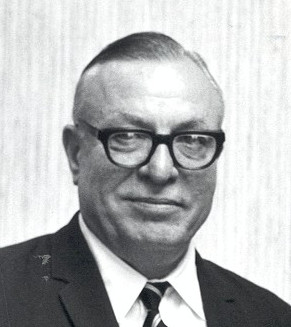John R. Ragazzini
- Birthdate
- 1912/01/03
- Birthplace
- New York, NY, USA
- Associated organizations
- Columbia University
- Fields of study
- Cybernetics
- Awards
- IEEE James H. Mulligan, Jr. Education Medal
Biography
John R. Ragazzini (IRE Associate 1941, Member 1946, Senior Member 1952, and Fellow 1955) was born in New York, N.Y., on 3 January 1912. He received the B.S. and E.E. degrees from the College of the City of New York (C.C.N.Y.), in 1932 and 1933, respectively, and the A.M. and Ph.D. degrees from Columbia University, N.Y. in 1938 and 1941, respectively.
He began his teaching career in the School of Technology at C.C.N.Y. After World War II broke out, he joined the electrical engineering faculty at Columbia to do teaching, War research, and the offering of special war training sources in the field of ultra-high frequency techniques. He finally concluded that activity after having certificated almost 1,000 students. He then devoted himself to War research under the auspices of of the NDRC in the field of airborne fire control systems. It was in this phase that he and his colleagues developed analog computer techniques and control systems. As a matter of interest, the phrase "operational amplifier" was coined by Ragazzini. Some of these techniques were used by the U.S. Air Force in developing an intercept system ultimately produced by General Electric.
In 1950, he co-authored, with Lotfi A. Zadeh, a seminal paper on an extension of Wiener's theory of prediction. In 1952, he co-authored, also with Lotfi A. Zadeh, a paper on sampled-data systems which led to the widely used method of z-transformation.
In July 1958, he left Columbia University to become Dean of the College of Engineering at New York University. He retired in 1977 with the titles of Professor Emeritus of Electrical Engineering and Dean Emeritus of the School of Engineering and Science.
Ragazzini also worked as a consultant in the fields of computers, control, and guidance systems for a number of industrial organizations. he was a member of Phi Beta Kappa, Tau Beta Pi, Sigma Xi, and Eta Kappa Nu.
